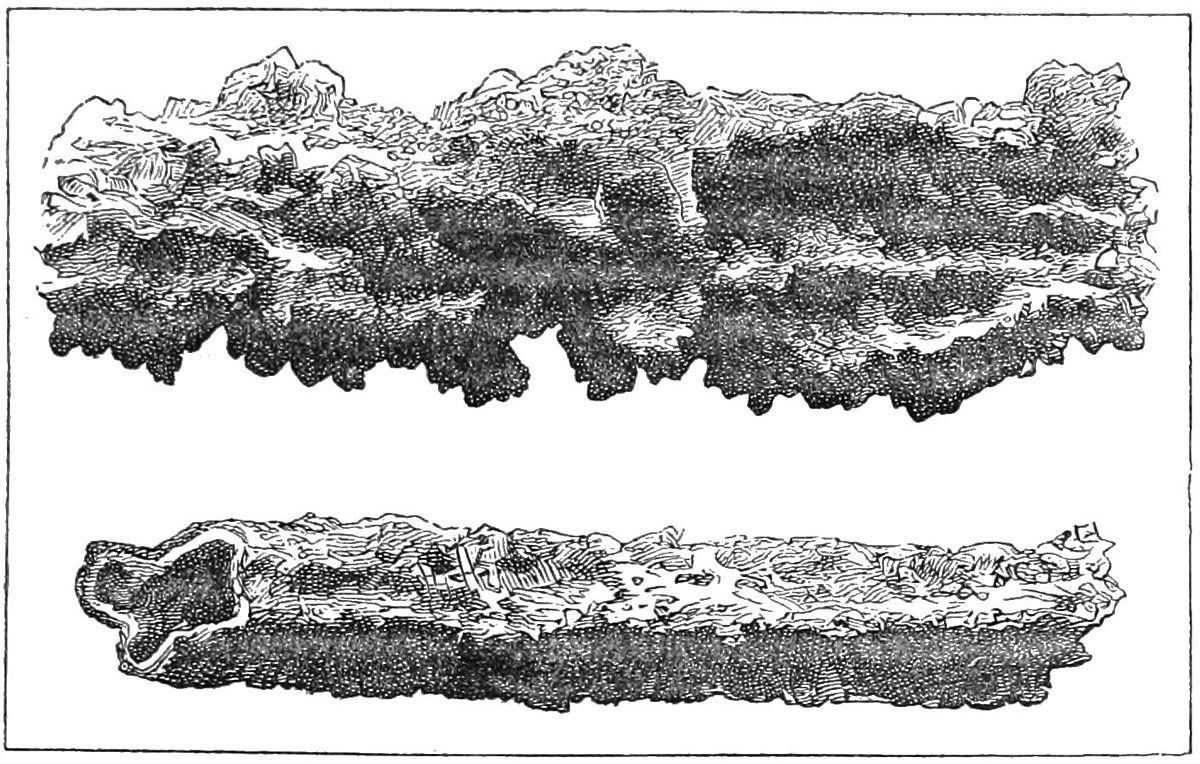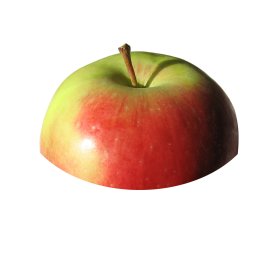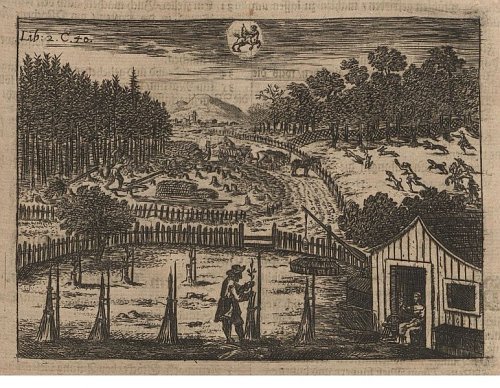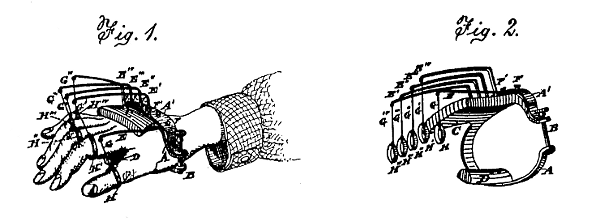ecdemolagnia
n. lustfulness when one is away from home
Installment Plan
A traveler wants to stay at an inn for seven days. He has no money, but he has a gold chain with seven links. The innkeeper agrees to accept this in payment for the week’s stay, but the traveler is reluctant to part with all seven links at once. He prepares to cut the chain into seven pieces.
The innkeeper stops him. If the traveler is willing occasionally to accept change in the form of links previously paid, then they can work out a plan that minimizes damage to the chain and yet permits the traveler to pay only what he owes on each successive day. How many links must they cut?
Frozen Fire

Lightning can fuse sand into curious rootlike tubes up to 5 meters long, called fulgurites. Because their shape records the path of the strike as it passes into the ground, they’re sometimes known as petrified lightning.
Lightning had a ruinous history before the introduction of Ben Franklin’s lightning rod. The campanile of St. Mark in Venice was destroyed three times over. In 1769, a bolt struck the tower of St. Nazaire in Brescia, whose magazine contained 100 tons of gunpowder. One-sixth of the town was destroyed, and 3,000 people died.
Compounding the harm was the disastrous belief that ringing bells during thunderstorms would allay lightning. In one 33-year period, lightning struck 386 church towers and killed 103 bell ringers.
Modern strikes are less dire. In 1919, Cleveland Indians pitcher Ray Caldwell was struck by lightning during a game against the Philadelphia Athletics. “It felt like a sandbag hit me,” he said. He refused to leave the game and pitched to Joe Dugan for the final out. The Indians won, 2-1.
Bites and Pieces

Properly speaking, can the top half of an apple exist without the whole?
What is it the top half of?
Crowded
Any set of 10 positive integers smaller than 100 will always contains two subsets with the same sum.
In any such group, the number of possible subsets (excluding the empty set) is 210 – 1, or 1023. And the largest possible sum of any subset is 90 + 91 + … + 99 = 945. Hence, no matter which numbers are chosen, there will always be more subsets than possible sums, and some subsets (dozens, actually) must yield the same sum.
“Belagcholly Days”

Chilly Dovebber with his boadigg blast
Dow cubs add strips the beddow add the lawd,
Eved October’s suddy days are past–
Add Subber’s gawd!
I kdow dot what it is to which I cligg
That stirs to sogg add sorrow, yet I trust
That still I sigg, but as the liddets sigg–
Because I bust.
Add dow, farewell to roses add to birds,
To larded fields and tigkligg streablets eke;
Farewell to all articulated words
I faid would speak.
Farewell, by cherished strolliggs od the sward,
Greed glades add forest shades, farewell to you;
With sorrowing heart I, wretched add forlord,
Bid you–achew!!!
— Unknown, collected in Frederic Lawrence Knowles, A Treasury of Humorous Poetry, 1902
Epic Nurse
When Scottish physician John Armstrong planned to write a book on “the art of preserving health” in 1744, it seemed a promising undertaking. Unfortunately, he chose to do it in blank verse:
The languid stomach curses even the pure
Delicious fat, and all the race of oil;
For more the oily aliments relax
Its feeble tone; and with the eager lymph
(Fond to incorporate with all it meets)
Coyly they mix; and shun with slippery wiles
The wooed embrace. Th’ irresoluble oil,
So gentle late and blandishing, in floods
Of rancid bile o’erflows: What tumults hence,
What horrors rise, were nauseous to relate.
Choose leaner viands, ye of jovial make!
This ran to four books and 128 pages, too florid to be useful and too queasy to inspire. Armstrong made a few more stabs at medical poetry, but he didn’t quit his day job: In 1760 he became a physician to the British army in Germany, and then retired.
Finger Gym

In 1881 Benjamin Atkins patented this “new and useful device for supporting and exercising the fingers of players on key-board instruments.” Essentially it’s a series of rings suspended from springs, “so as to compel the user to put forth unwonted strength” in depressing his fingers. In time this would foster “a superior decision of touch with greater flexibility and rapidity of motion.”
The Morning Post praised a similar device, noting that it could help a student acquire proper technique quickly, “without noise and without injury to the instrument.” “The testimonials to the value of the invention are extremely numerous and from persons most distinguished in the profession.”
The Great Outdoors
On Nov. 20, 1980, Leonce Viator Jr. went fishing with his nephew on Louisiana’s Lake Peigneur. He might have noted two worrisome things: Below the lake was a salt mine, and above it was a drilling rig.
The drill punctured the mine’s roof, and the resulting whirlpool devoured two oil rigs, 11 barges, a tugboat, a loading dock, “assorted greenhouses,” a house trailer, several tractors, countless trees, and most of the Live Oak Botanic Gardens. Amazingly, the water drained so quickly that Viator’s 14-foot aluminum boat was stuck in the mud at the lake’s bottom, and the pair were able to walk away.
No one was killed, but Lake Peigneur is now saltwater.
UPDATE: Viator’s boat wasn’t stuck in the mud — he tied it to a tree, ran to safety, and watched the hole eat both the boat and the tree. There’s good footage here, including the waterfall formed when the normally outflowing Delcambre Canal reversed itself to feed the whirlpool:
(Thanks, Kevin.)
Squeeze Play
A rail one mile long is lying on the ground. If you push its ends closer together by a single foot, so that the distance between them is 5279 feet rather than 5280, how high an arc will the rail make?
